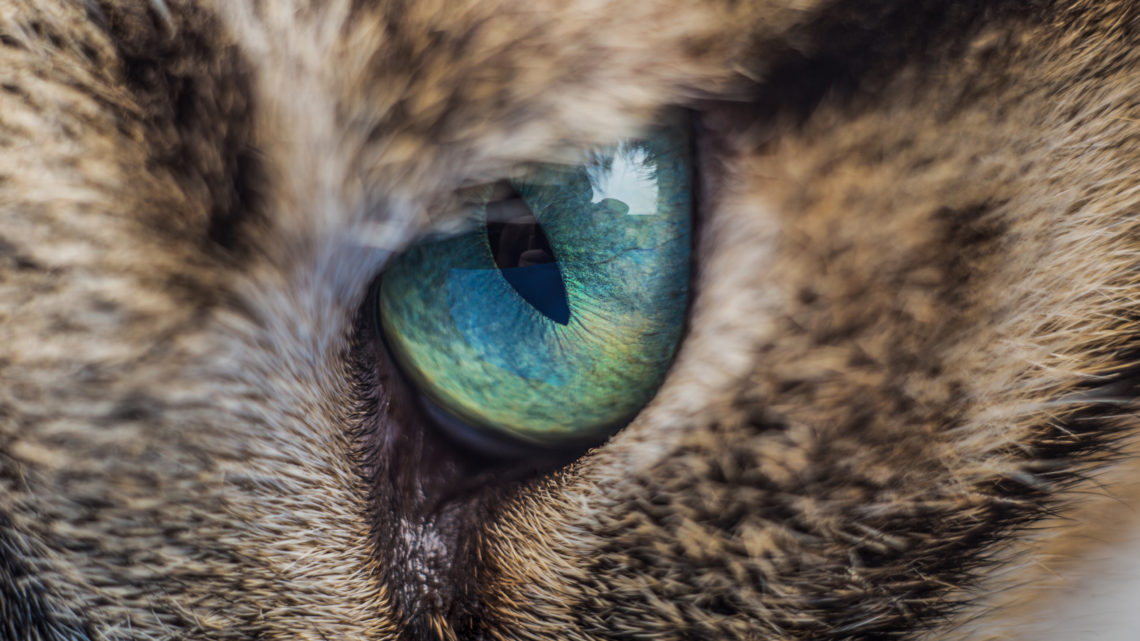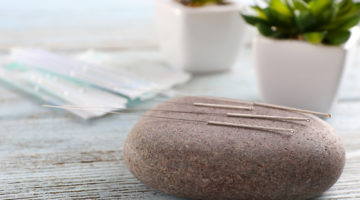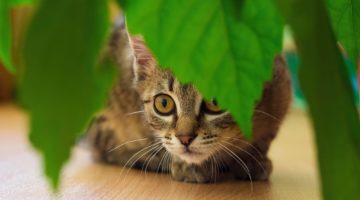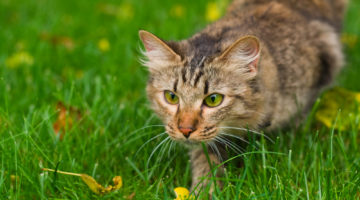A variety of eye problems can affect cats. Know what a healthy feline eye looks like, and how to recognize any red flags that require veterinary attention.
It’s said that the eyes are the window to the soul, and I think this is especially true when it comes to our cats. Gaze into your own kitty’s eyes, and you’ll see what I mean. It’s important to know, however, that cats are as prone to eye problems as many other animals, so you need to take care of your feline’s eye health, and be able to recognize any signs of trouble that warrant prompt veterinary attention.
Common feline eye symptoms
While cats don’t have as many eye problems as dogs, feline eye issues tend to be chronic and may require lifelong care. Detecting problems early can make treatment more effective. Here are some red flags to watch out for.
 1. Blinking or squinting
1. Blinking or squinting
Frequent blinking or squinting is a sign of discomfort and may be caused by an infection, a foreign body in the eye, or a scratch on the cornea. Even tiny scratches can be painful, and lead to serious problems if left untreated – i.e. corneal ulceration, one of the most common eye problems in cats. Some cats have long hairs around their eyes that may bend toward the eye and scratch the cornea. You can trim these hairs back, but be very careful. If you can’t be sure your cat will stay absolutely still, this is best done by your veterinarian or a professional groomer.
 2. Discharge from the eyes
2. Discharge from the eyes
Discharge can range from clear and watery to thick and yellow or even greenish. Cats with chronic viral infections may have occasional or permanent discharge. Frequently, eye discharge will accumulate as a crusty substance in the corners of the eyes. Cats do a pretty good job at keeping their eyes clean through regular grooming, but if your cat has frequent eye discharge, she may need some help. Use a soft tissue moistened with warm water to wipe the area clean.
 3. Visible third eyelid
3. Visible third eyelid
Cats have an extra eyelid at the inner corner of each eye. It looks like a whitish or translucent film that moves over the surface of the eyeball. This protrusion is usually the result of pain or infection.
 4. Redness or swelling
4. Redness or swelling
Redness and/or swelling in one or both eyes can be a sign of conjunctivitis, also known as “pink eye,” a contagious inflammation or infection of the eye. Conjunctivitis can be caused by a virus, exposure to chemicals, allergens or trauma.
 5. Cloudiness or change in eye color
5. Cloudiness or change in eye color
A dramatic change in eye color in an adult cat can be a sign of a serious medical problem. If your cat’s eyes appear cloudy, it may signal an inner eye or corneal problem. Cloudiness can also indicate cataracts.
Any of the above signs and symptoms warrant a prompt trip to the veterinarian for proper diagnosis and treatment.
Keeping your cat’s eyes healthy
The best way to keep your cat’s eyes healthy is to keep her immune system strong. “Take good care of the cat,” says veterinarian Dr. Andrea Tasi. “Most feline eye problems are related to the herpes virus, and a strong immune system will prevent or minimize issues.” She adds that stress management is an important part of maintaining health in cats prone to herpes flare-ups.

Veterinarian Dr. Karen Becker agrees. “The key to feline eye health is to recognize genetic predispositions and environmental stressors early, and begin supporting vision long before there are visible changes to your cat’s eyes,” she says. In addition to feeding a biologically-appropriate diet rich in naturally-occurring antioxidants, supplements can also be helpful. “Vitamins E and C, lutein, zeaxanthin (or astaxanthin) and bilberry can play a beneficial role in slowing age-related ocular degeneration,” says Dr. Becker. “Supplemental Omega 3 essential fatty acids found in krill, sardine, anchovy or squid oils (DHA and EPA, from purity-tested marine oils) also cross the blood-brain barrier to nourish ocular well-being throughout a cat’s life.”
Your cat may or may not experience eye problems during his lifetime, but it’s wise to support his ocular wellness with a healthy lifestyle, and be aware of any symptoms that may indicate an issue needing attention.







No Comment